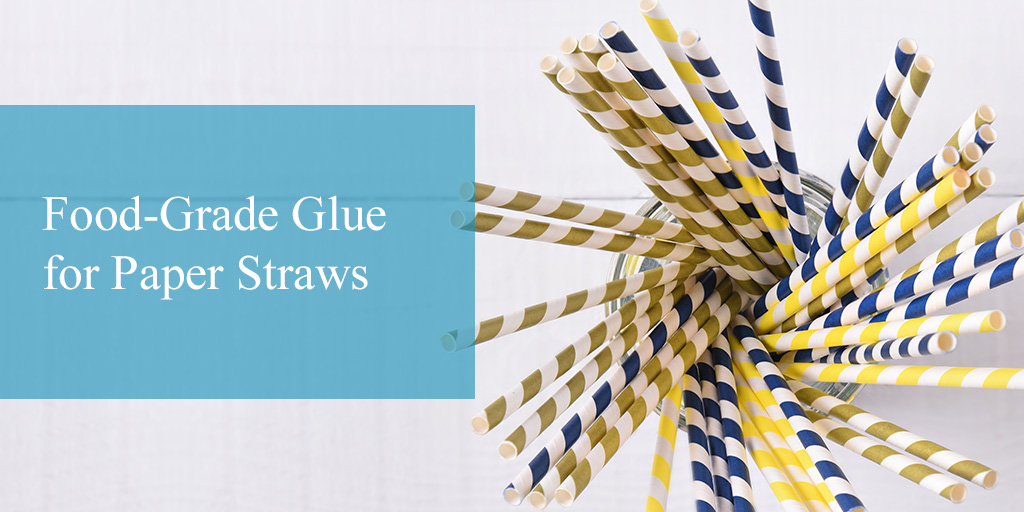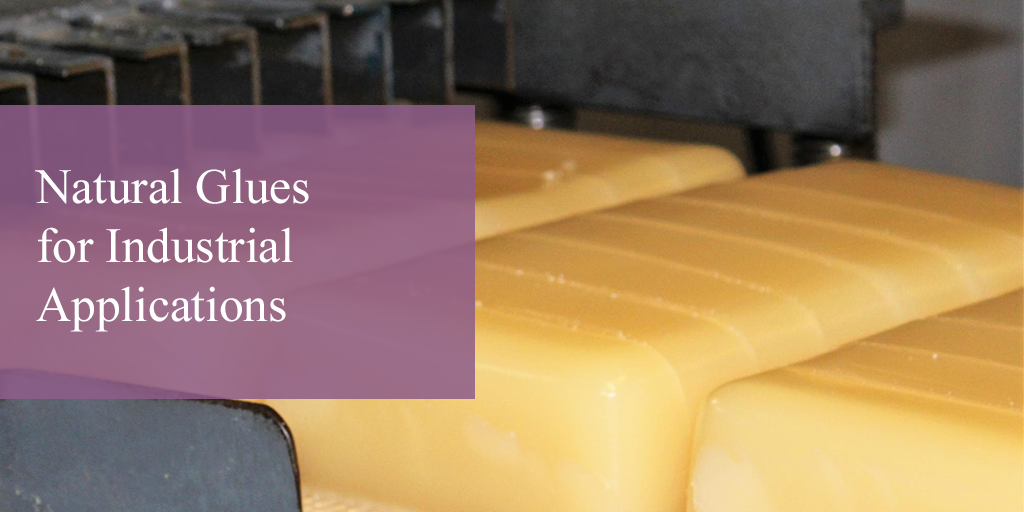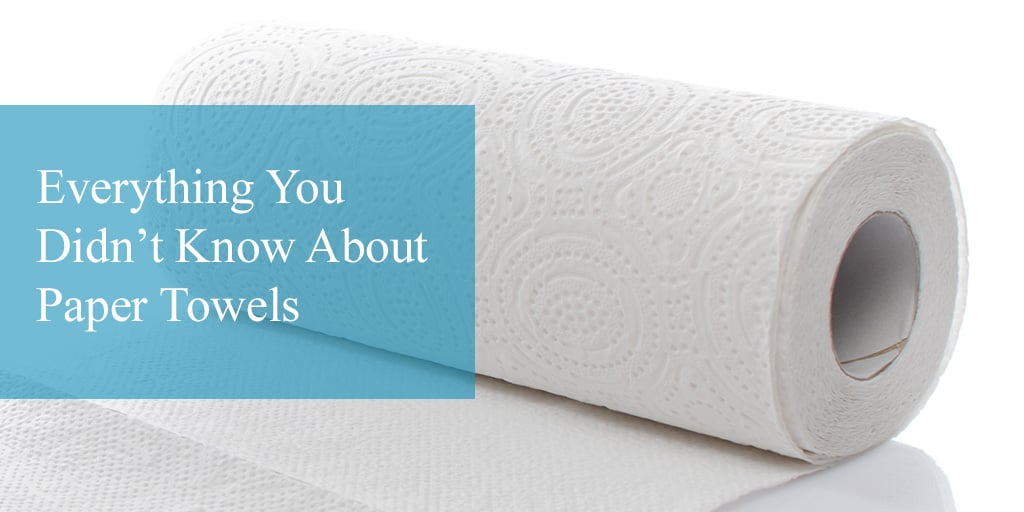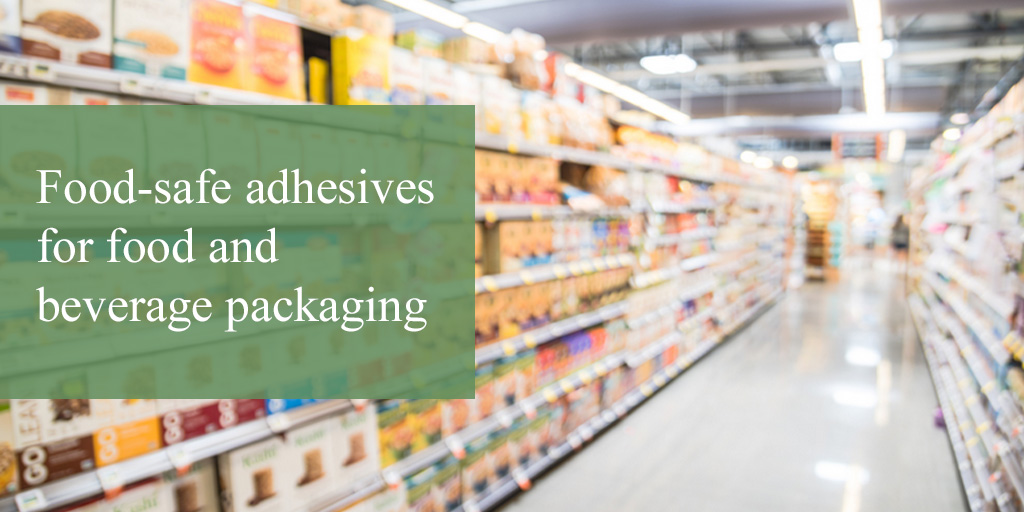The Straw Free Campaign is continuing to impact how customers and manufacturers think about one-use plastics. Major restaurant chains and hospitality providers like Starbucks, McDonald’s, and Hyatt have pledged to stop using plastic straws and find an alternative. From uncooked noodles to bamboo, people have come up with some pretty creative ways to slurp up drinks, but the most popular option by far is the paper straw.
Read More >LD Davis Team
Recent Posts
Manufacturers are constantly trying to find eco-friendly, cost-effective innovations for their packaging, paper products, and production needs. Depending on your specific needs, starch, dextrin, or gelatin-based glues may be the answer for businesses in search of a more natural adhesive alternative.
Read More >For many, paper towels have become a ‘can’t live without them’ item. From kitchens to bathrooms, you could probably find a roll of paper towels in almost every home in America. But how did they become so indispensable?
Read More >Consumer safety is critical when manufacturing packaging for food and beverages. To help protect the public, the U.S. Food and Drug Administration (FDA) regulates the use of glue for food packaging purposes.
Read More >








